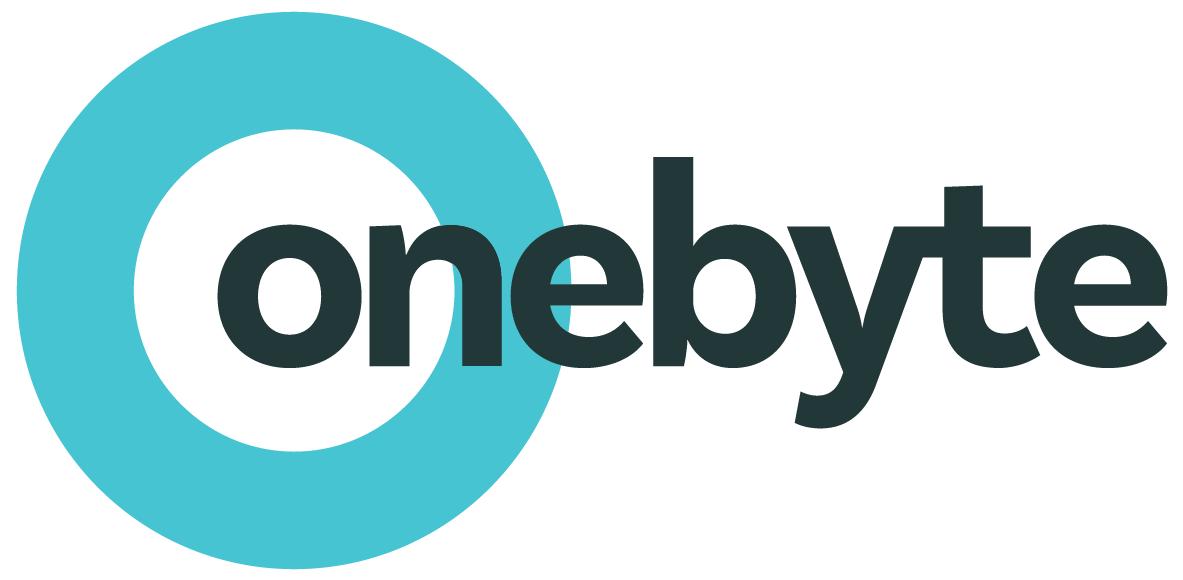Covid-19 has caused many businesses to suffer. The pandemic has led a lot of businesses to realise faults in the way they go about their daily tasks. It has also forced businesses to save money wherever possible.
Migrating to the Cloud is a way of doing this. For those that do not know, “Cloud computing is the on-demand availability of computer system resources, especially data storage (cloud storage) and computing power, without direct active management by the user. The term is generally used to describe data centres available to many users over the Internet. Large clouds, predominant today, often have functions distributed over multiple locations from central servers. If the connection to the user is relatively close, it may be designated an edge server.” ¹
The investment in IT and the forms of how you access, manage and use IT differs greatly between traditional IT that you purchase outright and install within your own premises, referred to within the industry as “On-Premise IT”, and hosted IT that operates typically on a subscription basis from the vendor’s own infrastructure within the Cloud.
The biggest difference is cost and how you can budget to cover said costs – traditional IT being largely large up-front capital expenditure (CapEx) and cloud services being based instead on ongoing subscription monthly payments as operational expenses (OpEx).
Owning your own IT (on-premise IT)
On-premise IT does not cater for easy scalability for the future of the company. If your business grows or shrinks rapidly it is unlikely your IT could make a swift transition to a different level of service.
Few appreciate that static technology when purchased outright has a lifespan, advancements in technology render some forms of tech useless eventually. Once your IT reaches the end of its serviceability (lifespan) you will again be forced to spend sometimes vast amounts of capital on a replacement for that outdated IT infrastructure. Most of the time this lifespan is around 5-7 years.
As we said earlier, depending on your rate of growth and operational demands your IT infrastructures lifespan could be considerably shorter than the 5-7 years. As its lifespan is on average 5-7 years it is inevitable that it will be slowly dying from the moment you buy it as it is not flexible – what you buy today will be the same for years to come – at this point, you will be operating on outdated platforms which can only be bad for the way you do business as you are not getting the most possible from your IT.
Paying for IT as you need it (Cloud)
With Cloud IT delivered as a service to your business via an ongoing manageable subscription payment, it is often a more accessible and more affordable way of delivering the IT you need – here and now.
The scalability and flexibility of the Cloud means you are no longer tied into the capabilities of the infrastructure on day one, benefiting instead from the option to tweak your resource allocation and infrastructure setup as and when you need, on the fly.
Whilst paying for your monthly plan, you are essentially paying for access to a service, which comes with a set of service level agreements – guaranteeing you protection and peace of mind on up-time and access – as opposed to the static solo infrastructure that comes with owning your own IT. Depending on the services you purchase, it is common for your cloud provider to automatically keep you up-to-date with the latest software features and capabilities; this means it can be of no concern to you, as you always know you are using the most up-to-date infrastructure possible.
The positives of transitioning to the cloud
Business continuity – Hopefully, a crisis will never affect the running of your business but, if it does, storing data in the cloud first and foremost ensures it is protected from the most common of threats, failure and disruption that can impact traditional on-premise IT. Your data can be protected further with replicate copies and alternative failover systems configured for true ‘belt and braces’ cover for any eventuality.
Collaboration – Collaborating via the cloud gives your business the ability to communicate and share from anywhere in the world with the freedom of minimal IT infrastructural complications. The Cloud allows for collaboration between employees no matter the geographical location.
Scalability – You have the ability to scale your operation both up and down, with providers offering instant flexibility in the resources they provide you with. With the Cloud you hold the reigns to your business, it allows your business to evolve at its own pace.
Reduced IT costs – Moving to the cloud can reduce the cost of managing and maintaining your IT systems. Most cloud IT providers include system upgrades, new hardware and software in your monthly payments as opposed to the added cost of doing these yourself. It could save you money on wages also as you may have needed expert staff within the business to support the original on-premise IT, these may not be required anymore.
All are positives that can save time, money, and boost productivity now and into the future. The Cloud has the potential to revolutionise the way you do business.
How does a migration to the cloud work in practice? A real-world case example.
Here is an example where we helped a client to save money by removing servers and migrating to the Cloud with Microsoft’s modern desktop. This is well within our skillset with our experience with Microsoft range of products such as:
- Microsoft Windows Server (all versions)
- Microsoft Active Directory
- Microsoft Windows Desktop (all versions)
- Microsoft Office (all versions)
- Microsoft Exchange Server (all versions)
- Microsoft SQL Server (all versions) =
- Microsoft 365 including SharePoint, OneDrive, Teams, Exchange Online, InTune, AzureAD
- Microsoft Azure
- Microsoft Windows Virtual Desktop
- Microsoft Remote Desktop Services
- Microsoft Modern Desktop
- Microsoft Teams including Teams Voice Phone System
A client that provides security guarding and door supervision mainly to the hospitality industry has seen its turnover fall this year by over 50% due to the COVID-19 pandemic. Unfortunately, this coincided with the server warranties expiring and the renewal of the hosting contract with the data centre where the servers are located.
We wanted to help and started to look for ways to reduce their IT expenditure. We identified that running the servers makes up one-third of their current IT spend and so we set about looking for ways to remove them.
The client was already using Microsoft 365 for email and some software licensing, but the challenge we faced was that they still used a couple of legacy applications that need to be run on a Windows desktop. One of these legacy applications is a custom-built database that is used by everyone in the business and although there is a plan in place to replace this with a web-based version, this is not ready yet and does not currently have go-live date. Up until now these applications together with the file and folder sharing had been done successfully using Microsoft Remote Desktop Services (RDS) running on the servers in the data centre.
So, the problem we set about solving was how to remove the servers and still provide easy sharing of files and folders, access to the legacy applications and retain the security and control that Microsoft’s Active Directory built into Windows Server would traditionally provide.
We designed and are in the process of installing a fully cloud-based system using Microsoft 365 and Azure. We are using a combination of SharePoint, OneDrive, and Teams to provide the file and folder sharing. Azure Active Directory Services and InTune will give us the security and management traditionally done using Microsoft Server and the legacy Windows applications are being re-packaged and hosted from Azure.
Technology personalised to your requirements.
Onebyte is a dedicated provider of managed IT services that are strategically aligned and compliance-driven, to support businesses and charities across London, East Anglia, and the Home Counties – plus many further afield.
If you are considering how to overcome the limitations of your IT infrastructure or seek to migrate your IT to the cloud, we can tailor the right solution for you and take care of the entire process from end to end. Book a free discovery call with our team today to explore your options further.


